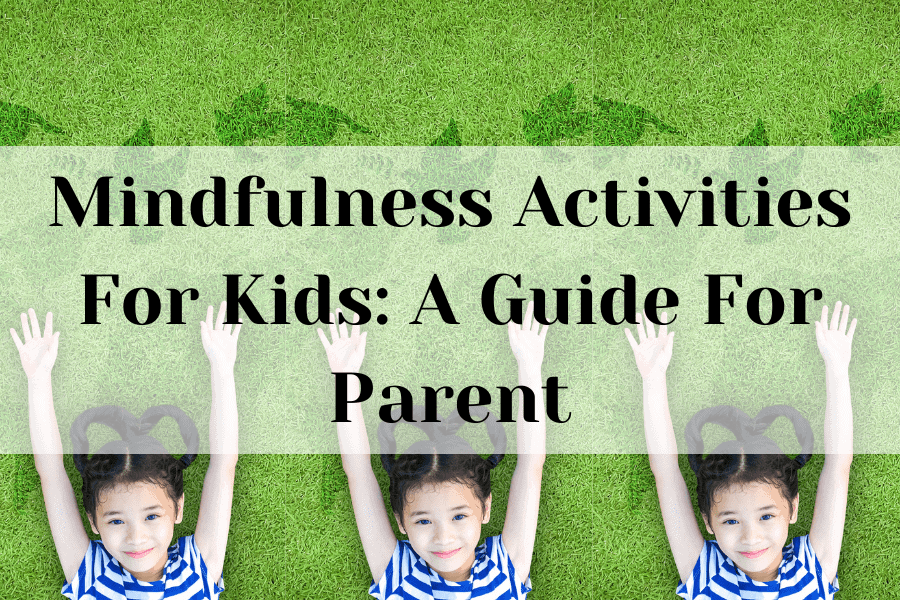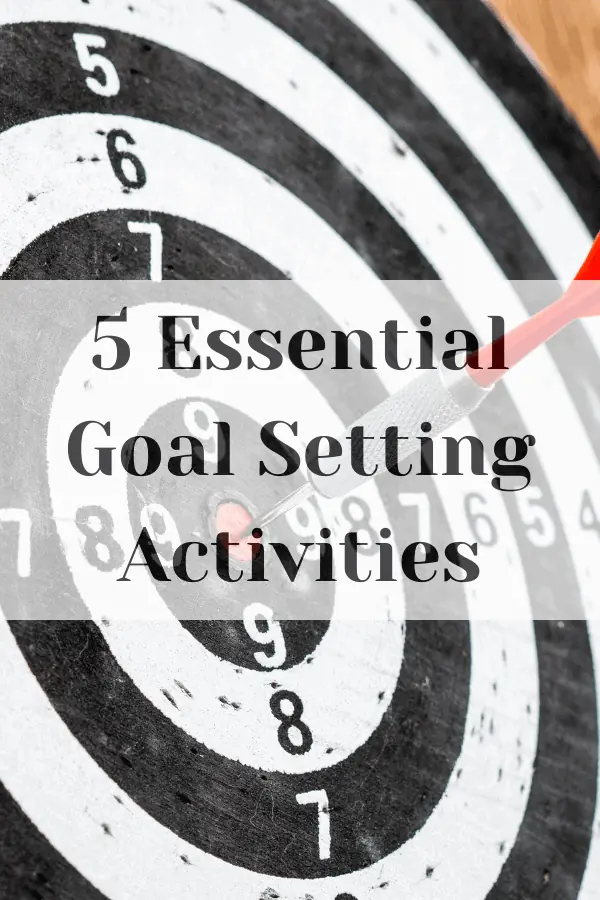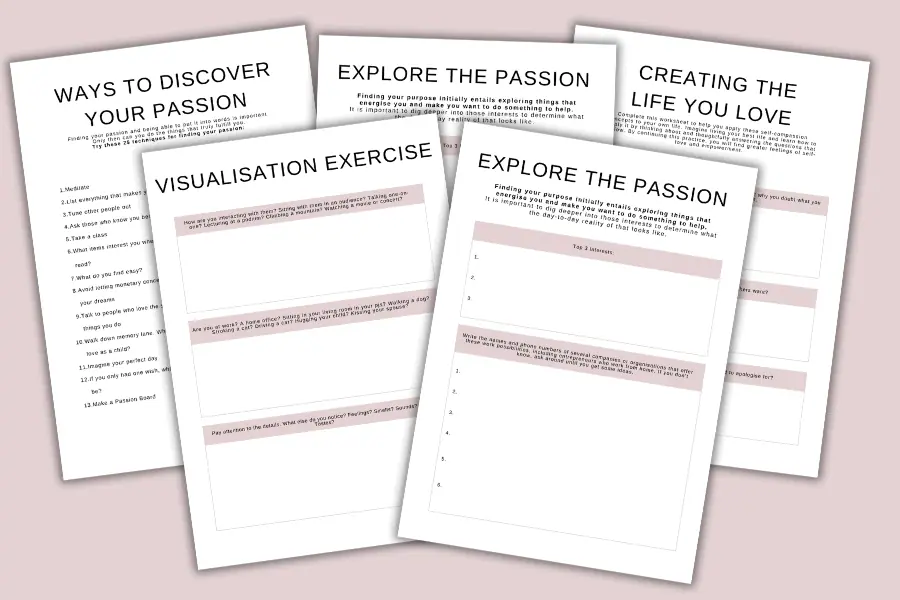Mindfulness Activities For Kids: A Guide For Parents

Mindfulness is a simple yet powerful practice that involves paying attention to the present moment with an open and non-judgmental attitude.
It can significantly enhance a child’s emotional and mental well-being.
Mindfulness for kids is not just about sitting still and meditating. It encompasses a variety of activities that can be both fun and beneficial.
In this blog post, we’ll explore the concept of mindfulness and its benefits for children.
We’ll then dive into a variety of mindfulness activities for kids that you can easily incorporate into your daily routines.
Whether you’re looking to improve your child’s concentration, reduce their stress, or simply introduce a new fun activity, these mindfulness practices can make a positive difference.
This blog post is about mindfulness activities for kids

What Is Mindfulness?
Mindfulness is the practice of bringing your attention to the present moment in a deliberate and non-judgmental way.
It involves being fully aware of your thoughts, feelings, bodily sensations, and surrounding environment, without being overwhelmed by them.
For kids, mindfulness can be a game-changer.
It teaches them to slow down, observe their thoughts and feelings, and make conscious choices rather than reacting impulsively.
Benefits of Mindfulness for Kids
Emotional Regulation
Mindfulness helps kids become more aware of their emotions and how they affect their behaviour.
By recognising their feelings, they can learn to manage them more effectively.
This can lead to fewer meltdowns and a better ability to handle stress and frustration.
Mindfulness gives kids tools to calm themselves, which is especially useful during challenging situations.
Improved Focus
In a world filled with distractions, mindfulness helps kids improve their concentration and attention span.
By practising mindfulness, children learn to focus on one thing at a time, whether it’s their breathing, a task at school, or a conversation with a friend.
This enhanced focus can lead to better academic performance and more meaningful interactions with others.
Stress Reduction
Mindfulness activities can significantly reduce stress and anxiety in kids.
Techniques like deep breathing and mindful listening can activate the body’s relaxation response, helping young ones feel more at ease.
Incorporating mindfulness into a child’s routine can lead to a happier, healthier, and more resilient young person.
It’s a valuable tool that can benefit them throughout their lives.
Why Mindfulness Is Important For Kids
Mindfulness is more than just a buzzword; it’s a valuable practice that can greatly enhance a child’s life.
Here are some key reasons why mindfulness is important for kids:
Helps with Emotional Well-Being
Children experience a wide range of emotions, often intensely.
Mindfulness helps little ones understand and manage these emotions effectively.
By learning to observe their feelings without judgment, children can develop better emotional awareness and resilience.
This means they are less likely to be overwhelmed by negative emotions like anger or sadness and more capable of finding balance and calmness. life.
Improves Concentration and Academic Performance
In today’s digital age, maintaining focus can be challenging for kids.
Mindfulness practices, such as deep breathing and mindful observation, teach children how to pay attention and stay present.
These skills are directly transferable to the classroom, where improved concentration can lead to better learning and academic performance.
Enhances Social Skills and Empathy
Mindfulness encourages kids to be more aware of their thoughts and feelings, as well as those of others.
This heightened awareness can enhance their social skills and empathy.
When children practice mindfulness, they learn to listen more intently and respond more thoughtfully in social interactions.
By developing empathy, kids become more understanding and compassionate, which can help reduce conflicts.
Reduces Anxiety and Stress
Children today face numerous sources of stress, from academic pressures to social challenges.
Mindfulness offers effective tools for managing and reducing anxiety and stress.
Practices like mindful breathing and body scans activate the relaxation response, calming the nervous system and lowering stress levels.
Regular mindfulness practice can help young ones develop a greater sense of inner peace and stability, making them more equipped to handle stressful situations with composure and confidence.
Incorporating mindfulness into a child’s routine can provide them with lifelong benefits.
It’s a simple yet powerful way to enhance their emotional, mental, and social well-being, setting the foundation for a healthier and happier life.
Mindfulness Activities For Kids
Mindfulness activities can be fun and engaging for children while also helping them develop important skills.
Here are some great activities to introduce mindfulness to kids:
Breathing Exercises
Deep Breathing Techniques
Teaching kids to focus on their breath can be incredibly calming.
Start with simple deep breathing exercises: have them sit comfortably, close their eyes, and take slow, deep breaths in through their nose and out through their mouth.
Encourage them to pay attention to how the air feels as it enters and leaves their body.
Balloon Breathing
Balloon breathing is a playful way to practice deep breathing.
Ask them to imagine they are inflating a balloon in their belly. As they inhale deeply, their belly should expand like a balloon. As they exhale, the balloon deflates.
This visual can make the exercise more engaging and fun.
Benefits of Breathing Exercises
Breathing exercises can help them calm their nervous systems, reduce anxiety, and improve their focus.
They can use these techniques whenever they feel overwhelmed or need a moment to gather their thoughts.
Mindful Listening
Paying Attention to Sounds Around Them
Teach your children to sit quietly and pay attention to the sounds they hear around them.
This could be the chirping of birds, the rustling of leaves, or the hum of household appliances.
Encourage them to identify and describe each sound they hear.
Listening to Music Mindfully
Another way to practice mindful listening is through music. Play a piece of music and ask them to focus on different elements, like the instruments, rhythm, or melody.
Encourage them to notice how the music makes them feel.
Benefits of Mindful Listening
Mindful listening enhances concentration, improves auditory skills, and fosters a greater appreciation for the present moment.
It can also help them to become better listeners in their daily interactions.
Body Scan
Simple Body Scan Exercise
A body scan helps kids become aware of their physical sensations.
Have them lie down comfortably, close their eyes, and focus on each part of their body, starting from their toes and moving up to their head. Ask them to notice any sensations they feel, such as tension or relaxation.
Guiding Kids Through Body Awareness
Guide kids through the body scan by asking them to tense and then relax different muscle groups.
This can help them identify areas of tension and learn how to release it.
Benefits of Body Scan
Body scans can improve their awareness of their physical state, helping them identify and manage stress or discomfort.
It’s a great way to teach relaxation techniques and promote overall well-being.
Mindful Colouring
Using Colouring Books or Mandalas
Provide kids with colouring books or mandalas and encourage them to colour mindfully.
Ask them to focus on the colours and patterns they choose, and to stay present with the activity without worrying about the end result.
Focus on Colours and Patterns
Encourage them to pay attention to the details of their colouring, such as the way the colours blend or how the patterns emerge.
This can be a very soothing and meditative practice.
Benefits of Mindful Colouring
Mindful colouring can reduce stress, enhance focus, and promote creativity.
It’s an enjoyable way for kids to practice mindfulness and express themselves artistically.
Gratitude Practice
Keeping a Gratitude Journal
Encourage your little ones to keep a gratitude journal where they write down a few things they are thankful for each day.
This can be anything from a fun playdate to a favourite meal.
Sharing Things They Are Thankful For
Create a family ritual where everyone shares something they are grateful for each day. My favourite time to do this is at the end of the day when getting them ready for bed.
This practice can foster a positive and appreciative mindset.
Benefits of Practicing Gratitude
Gratitude practice helps kids develop a positive outlook, enhances emotional resilience, and promotes happiness.
It teaches them to appreciate the good things in their lives.
Nature Walks
Exploring Nature Mindfully
Go on nature walks and encourage them to observe their surroundings mindfully.
Ask them to notice the different plants, animals, and sounds they encounter.
Observing Surroundings (Trees, Birds, etc.)
Encourage them to take their time and really look at the details of their surroundings.
They might observe the shapes of leaves, the colours of flowers, or the behaviour of animals.
Benefits of Connecting with Nature
Nature walks can reduce stress, boost mood, and enhance a sense of connection to the environment.
They provide a great opportunity for kids to practice mindfulness in a natural setting.
Mindful Eating
Paying Attention to the Taste, Texture, and Smell of Food
During meals or snacks, ask your young ones to eat mindfully by paying close attention to the taste, texture, and smell of their food. Encourage them to take small bites and chew slowly.
Eating Slowly and Savouring Each Bite
Teach kids to savour each bite of their food, noticing how it feels in their mouth and the flavours they experience.
This can make eating a more enjoyable and mindful activity.
Benefits of Mindful Eating
Mindful eating can improve digestion, prevent overeating, and enhance the overall eating experience.
It teaches kids to appreciate their food and eat with intention.
Tips For Parents
Introducing mindfulness to your children can be a rewarding journey for the whole family.
Here are some practical tips to help you to encourage mindfulness with your children:
Be a Role Model
Practice Mindfulness Yourself
Children often learn by observing their parents.
By practising mindfulness yourself, you can set a powerful example for your kids.
Show them how you incorporate mindfulness into your daily routine, whether it’s through meditation, mindful breathing, or simply being present in the moment.
Share Your Experiences
Talk to your children about how mindfulness helps you manage stress, stay focused, or feel more relaxed.
Sharing your experiences can help them understand the benefits and encourage them to try it themselves.
Demonstrate Patience and Calmness
When you respond to situations with patience and calmness, you model mindful behaviour.
Kids are likely to mimic this behaviour, learning to approach their own challenges with a similar mindset.
Create a Routine
Set Aside Regular Time for Mindfulness
Incorporate mindfulness into your daily routine by setting aside a specific time for practice.
This could be a few minutes in the morning, before bed, or during a quiet moment in the day. Consistency helps them develop the habit of mindfulness.
Make it Part of Everyday Activities
Integrate mindfulness into everyday activities like brushing teeth, eating meals, or walking to school.
Encourage kids to be fully present and aware during these moments.
This shows them that mindfulness can be practised anytime and anywhere.
Start Small and Build Up
Begin with short mindfulness sessions, especially with younger children.
Gradually increase the duration as they become more comfortable with the practice.
Keeping sessions brief and regular helps maintain their interest and focus.
Make it Fun and Engaging
Use Creative Activities
Mindfulness doesn’t have to be boring.
Use creative activities like mindful colouring, nature walks, or listening to music mindfully to make the practice enjoyable.
Tailor activities to your child’s interests to keep them engaged.
Incorporate Games and Stories
Turn mindfulness into a game or use storytelling to explain mindfulness concepts.
For example, you can play a game of “mindful detective” where kids try to notice as many details as possible about their surroundings.
Encourage Participation and Exploration
Allow kids to explore different mindfulness activities and find what they enjoy the most.
Encourage their participation by asking for their ideas on how to practice mindfulness. This fosters a sense of ownership and enthusiasm.
Be Patient and Consistent
Recognise That It Takes Time
Mindfulness is a skill that develops over time. Be patient with your kids as they learn and practice.
It’s normal for them to be restless or lose interest initially. Keep encouraging them gently without pressuring them.
Celebrate Small Successes
Acknowledge and celebrate small milestones in their mindfulness journey.
Whether it’s sitting quietly for a few minutes or using mindful breathing to calm down, recognising their efforts can boost their confidence and motivation.
Stay Consistent with Practice
Consistency is key to developing a mindfulness habit.
Even if progress seems slow, continue to incorporate mindfulness into your routine.
Over time, the benefits will become more apparent, and the practice will become a natural part of their lives.
Be Supportive and Encouraging
Create a supportive environment where they feel comfortable practising mindfulness.
Offer positive reinforcement and encouragement, and be there to guide them when needed.
Your support can make a significant difference in their mindfulness journey.
Mindfulness is a gift that you can give your child, one that will benefit them throughout their lives.
Start incorporating these simple yet effective activities into your daily routine and watch as your child becomes more focused, calm, and emotionally balanced.
Encourage them, practice alongside them, and celebrate their progress.
Begin today by choosing one mindfulness activity to try with your child.
Notice the changes and enjoy the moments of peace and connection that mindfulness brings.
This blog post was about mindfulness activities for kids
Share this post: on Twitter on Facebook







